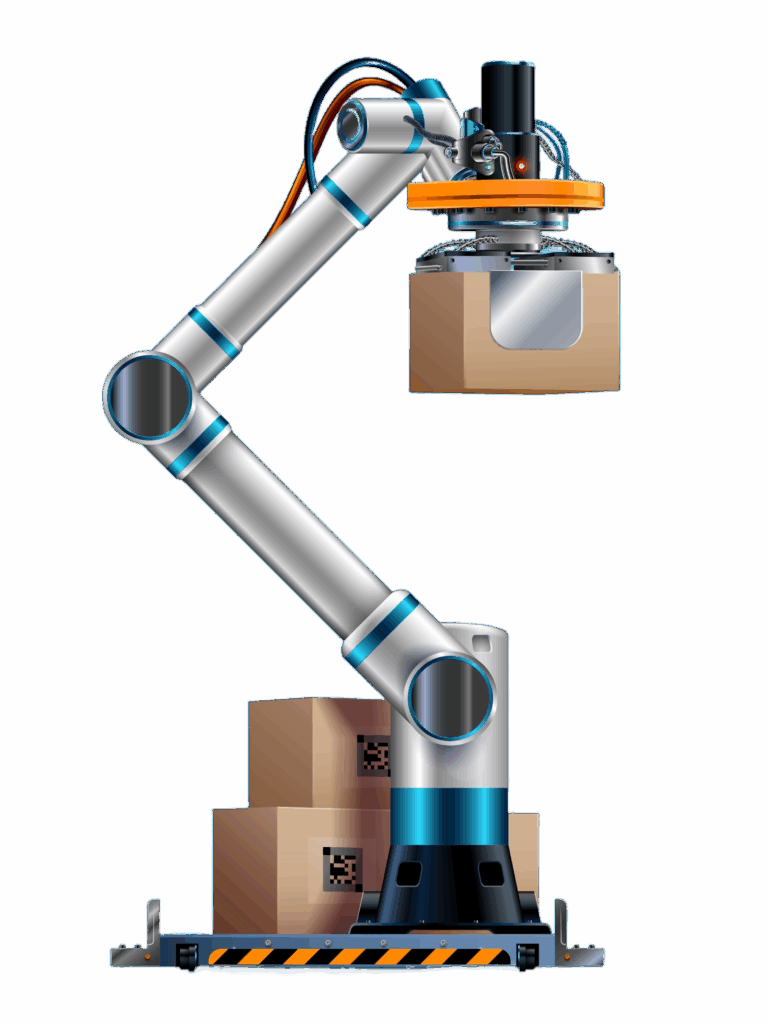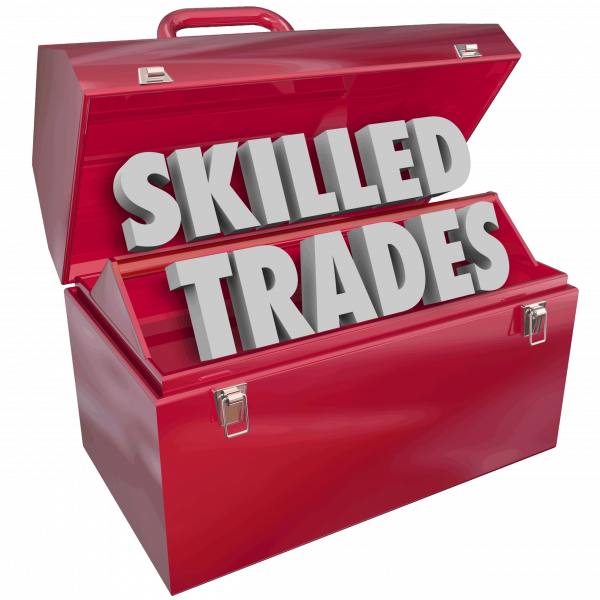Career and Technical Education equips students with practical skills and industry-relevant knowledge to prepare them for the workforce or continued occupational training. Once tied primarily to high schools, CTE has grown across community and technical colleges and private trade schools, reflecting a broader push for career readiness at every level.
This momentum is fueled by shifting labor market needs, where employers increasingly favor skills-first hiring and value credentials that signal real-world readiness. In fact, 81% of employers used skills-based hiring last year, and 95% see it as the leading recruitment trend moving forward. Meanwhile, students are seeking faster, more direct paths to meaningful careers—making CTE a powerful bridge between education and employment.

Today’s CTE programs blend hands-on learning with cutting-edge technology to prepare students for real-world success. From robotics and 3D printing to drone tech and AI, high schools and colleges are giving learners direct access to the tools shaping tomorrow’s workforce. This includes hybrid classrooms and immersive VR/AR simulations that bring lessons to life.
Students can also earn micro-credentials and stackable certifications alongside their diplomas, adding value at every step. And thanks to strong partnerships with local industries, learners gain real-world experience before they even graduate.
The Education Advisory Board reports that 40% of recent college graduates felt unprepared for the challenges of entering the workforce. CTE programs help close this gap in career readiness, and they’re evolving to meet modern workforce demands through several key trends:
As more employers shift toward skills-first hiring, CTE programs help align instruction with real-world competencies, rather than just credentials
Stackable micro-credentials and digital badges are becoming essential components of CTE, allowing students to build and showcase skills in real time beyond traditional diplomas.
AI-powered tools and adaptive learning platforms personalize instruction, so students can move at their own pace and focus on areas for improvement.
CTE programs are expanding access for underserved and underrepresented communities—whether through rural outreach, flexible scheduling, or language-inclusive resources.
Schools are increasingly partnering with employers to create custom curricula, implement real-world training tools, and co-brand certifications.

Here are key strategies to help you connect with schools and position your organization as a trusted partner in workforce-ready learning.
The future of vocational education is flexible, tech-driven, and focused on skills that matter most to employers. Vendors who adapt to these evolving CTE models can become key contributors to student success and workforce readiness.
Agile Education Marketing helps CTE-focused companies connect with the right educators at the right time by leveraging proprietary education data and detailed classification. From targeting decision-makers like CTE coordinators and program directors to building smarter campaigns that reflect real-time school and program needs, Agile supports outreach across both K–12 and higher education sectors.

Ready to connect with the schools shaping tomorrow’s workforce? Explore our Education Market Services, or reach out to start the conversation today.
We’re here ready to answer your questions! Share a little information with us below and one of our Agile experts will be in touch shortly.
We use cookies to give you the best online experience. Cookies keep our site secure and reliable. They allow us to personalize agile-ed.com to you and help us analyze how the site is used.